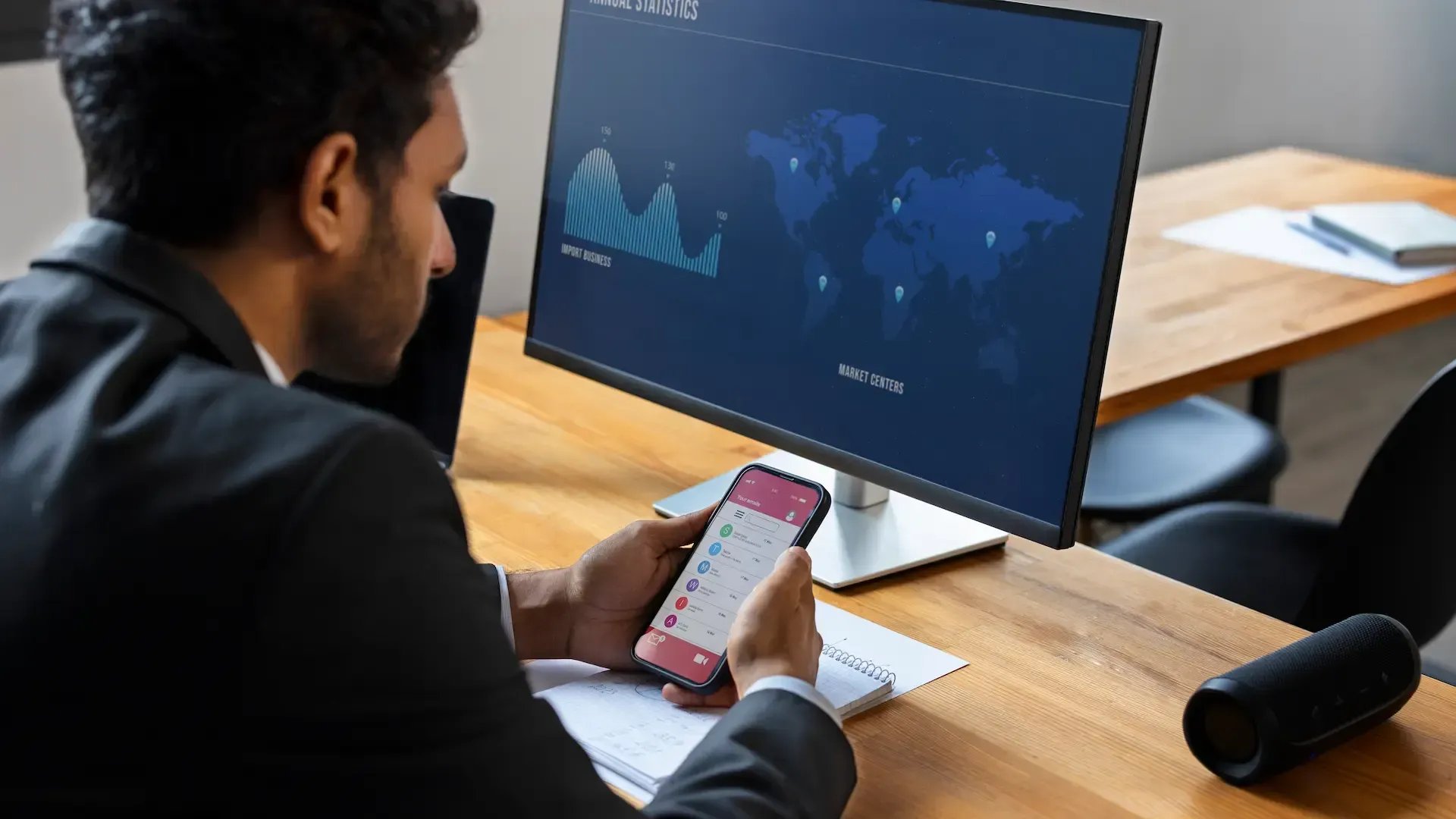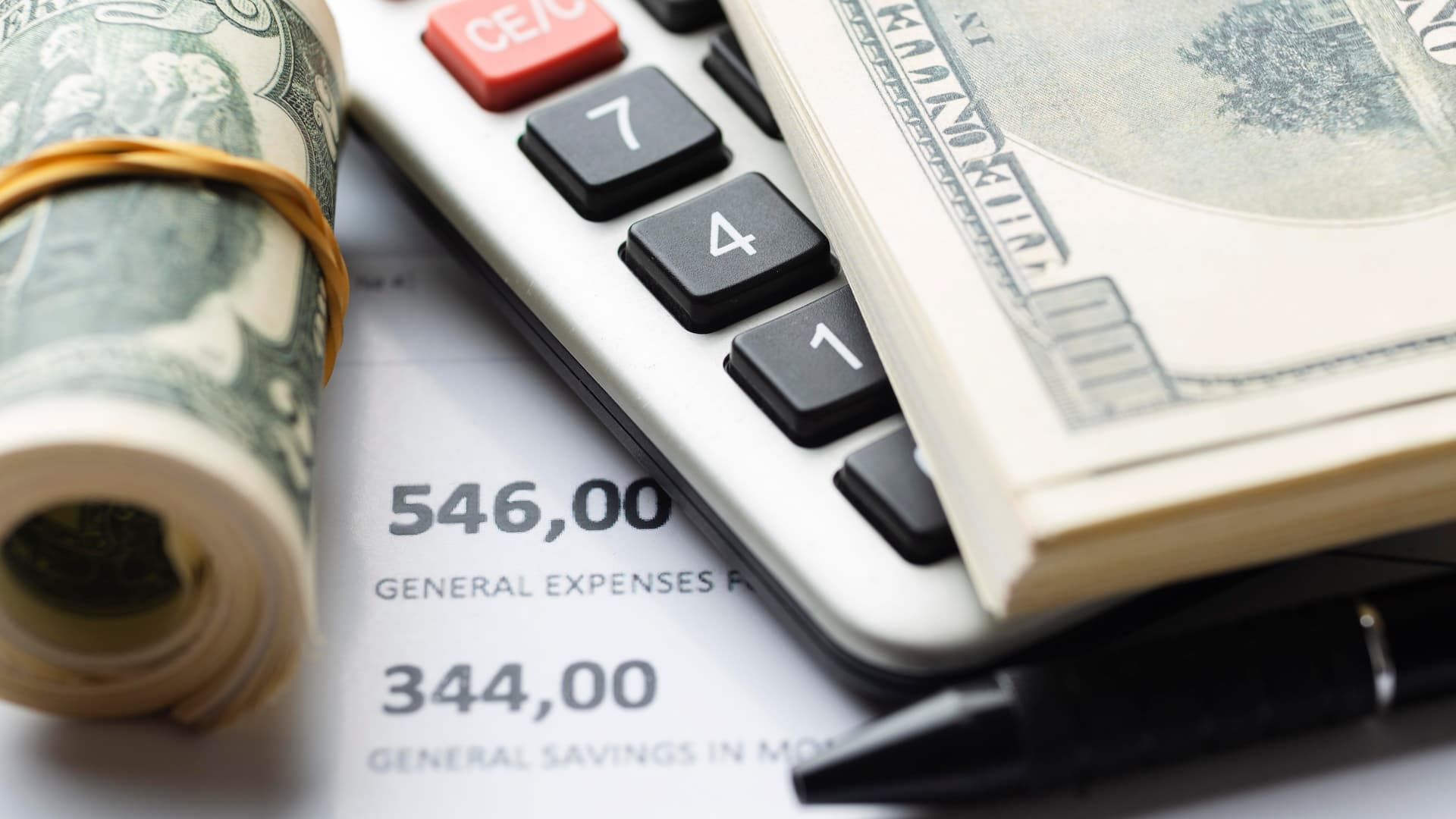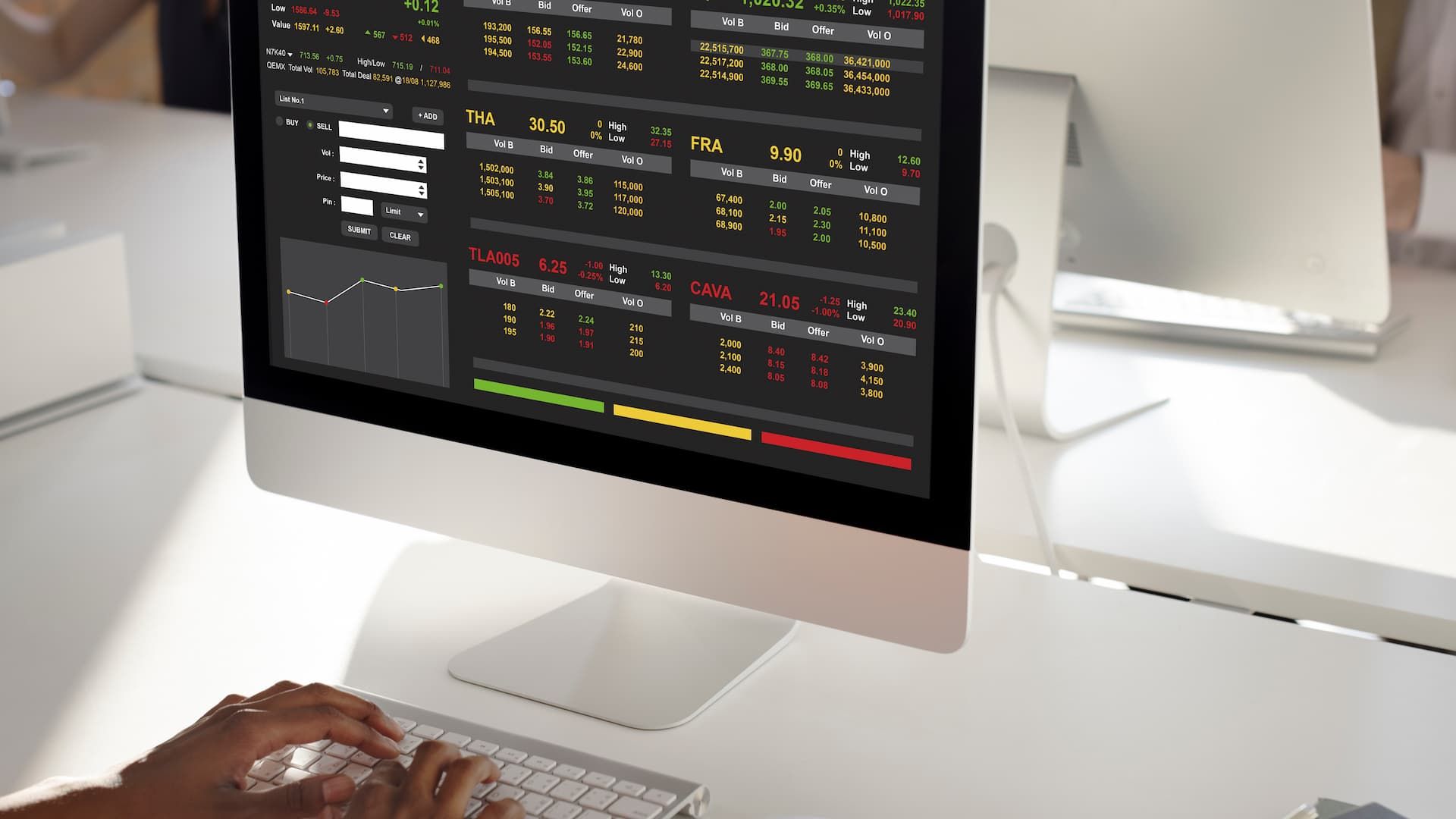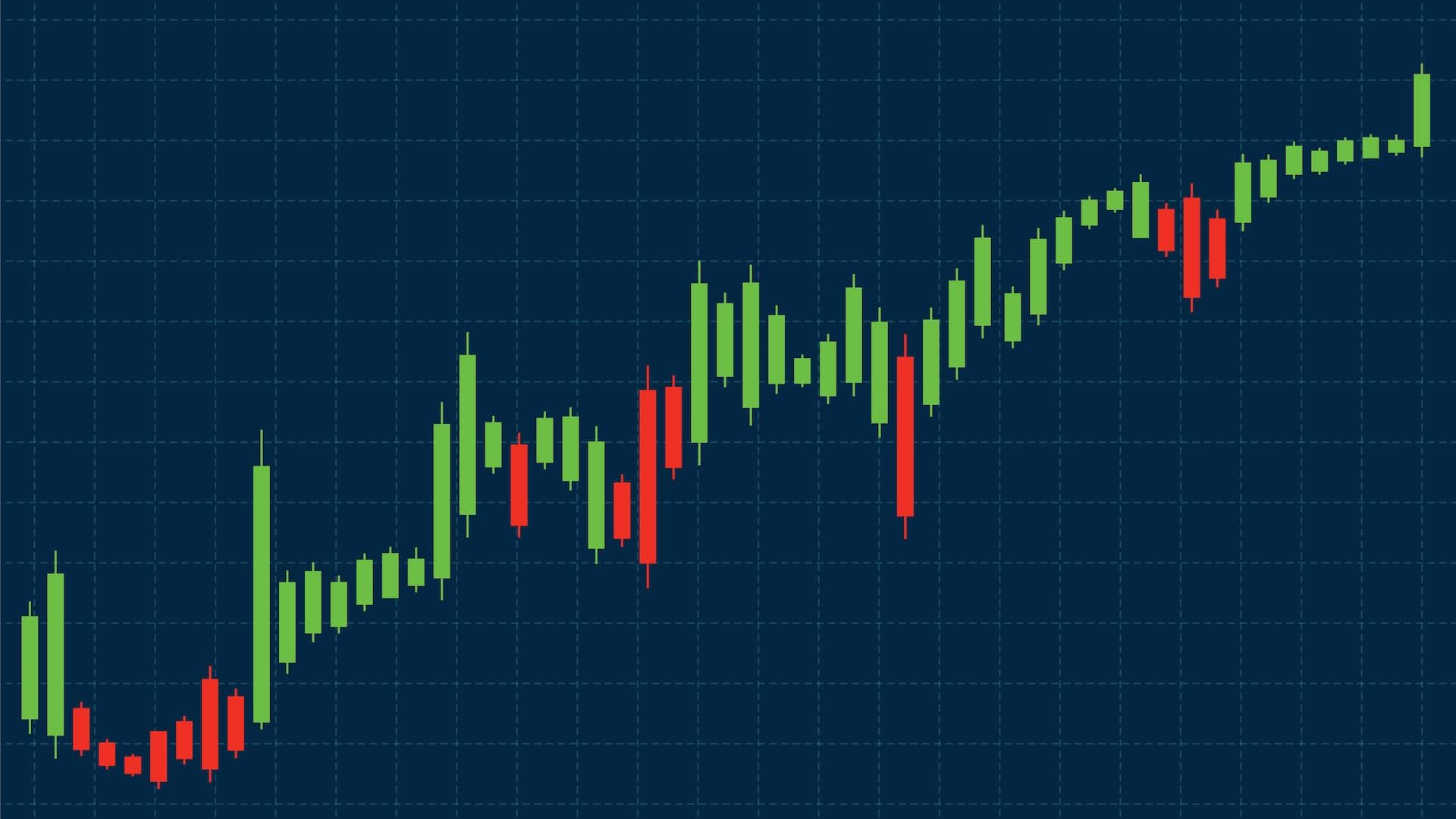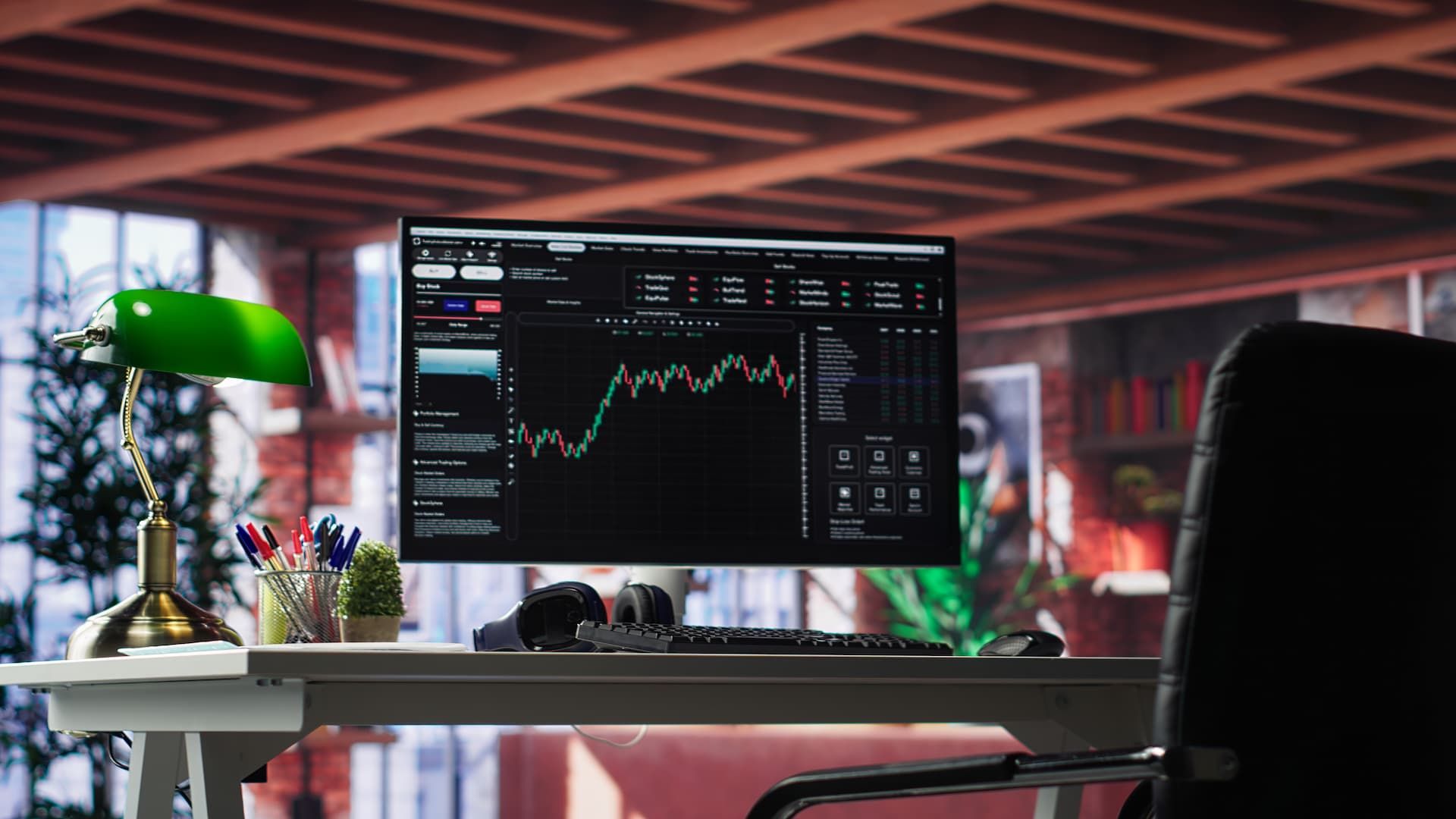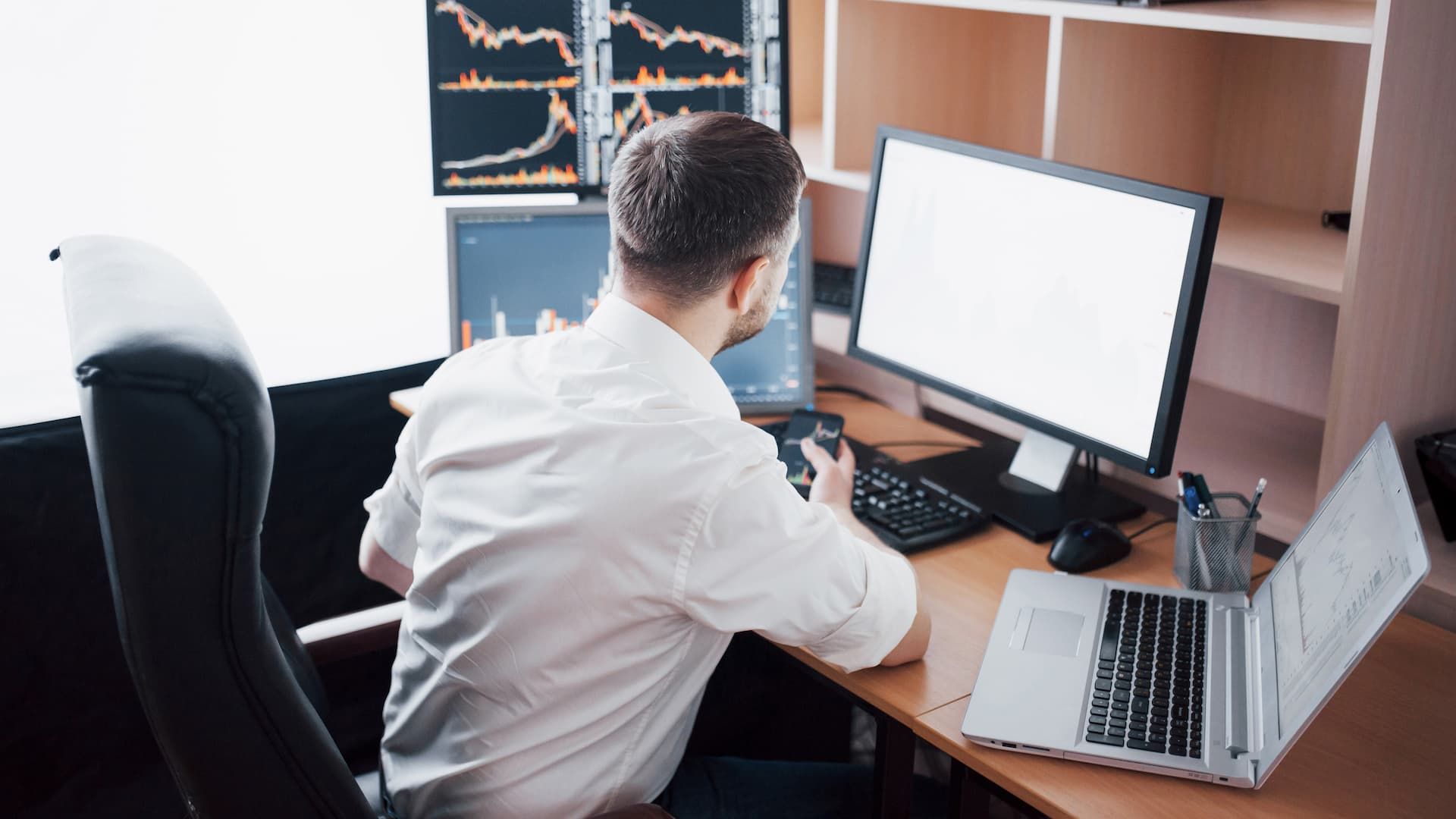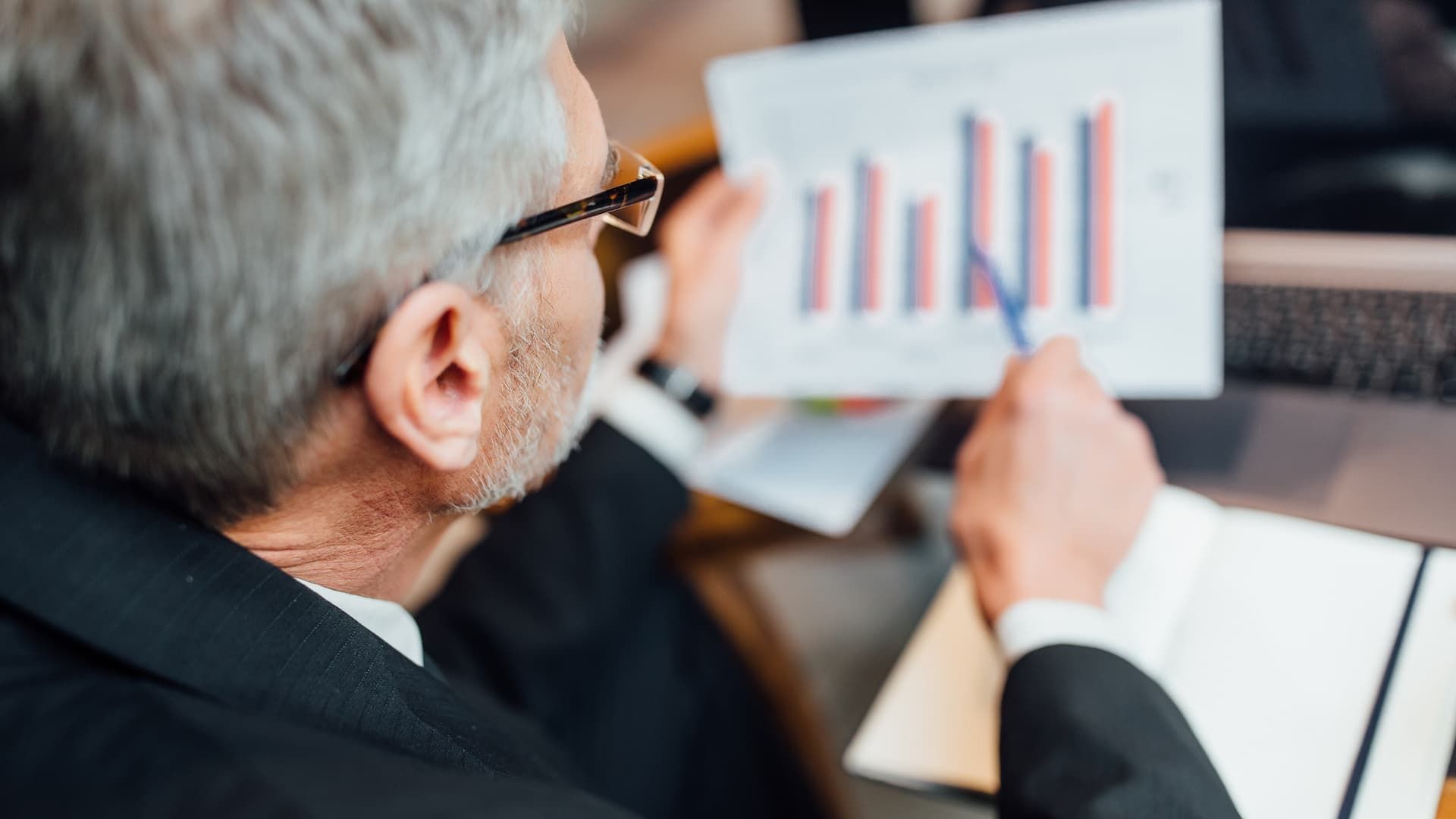Many new traders start with demo accounts to learn the ropes without risking real money. Demo accounts let you practice strategies and get familiar with the trading platform without putting your actual capital at risk. However, at some point, you need to switch to live trading to experience real market conditions, where emotional responses can affect your decisions and every move carries financial consequences. This article explains demo accounts and how to move from practice to the real thing smoothly. We'll keep it straightforward and focused.
Understanding Demo Accounts
Demo accounts simulate real trading environments using virtual funds. They help users get familiar with platforms, markets, and trade execution before committing their trader's capital. By practicing in a risk-free environment, beginners can build confidence without facing financial pressures. Below, we break down what demo accounts are, how they operate, and their key advantages for newcomers.
What are demo accounts?
A demo account is a practice trading platform offered by brokers. It lets you trade with virtual money in real market conditions. You get the same tools, charts, and prices as a live account, but no real cash is involved. Brokers provide these for free to attract new users and help them build skills safely before risking their own trader's capital or dealing with the financial pressures of live markets.
How demo trading works
Sign up with a broker and download their platform. They give you fake funds, like $10,000 or $100,000, to trade stocks, forex, or crypto. You place buys and sells just like in live markets. The platform simulates executions based on real-time data. Track your performance through reports, but remember, winning or losing money isn’t real. You can reset the balance anytime to practice more.
Benefits of demo trading for beginners
Demo trading builds confidence without the financial consequences of losing money. You can test strategies, learn platform features, and understand market moves in a safe environment. Beginner traders can avoid common mistakes like overtrading or ignoring stops, while seeing how live markets react to different scenarios. It also helps pick the right broker by trying their setup first. Overall, it’s a low-pressure way to prepare for the jump to real trading.
The Leap to Live Trading
Switching from demo to live means facing real risks and rewards. It's where emotions kick in, and every decision counts. This section covers the main changes and how live setups work to ease your transition.
Key differences between demo and live accounts
Demo accounts use fake money, so there's no emotional stress from losses or financial loss. In a live account, real capital is at stake, which can lead to fear or greed affecting choices. Demos often have instant fills, but live trading deals with slippage, spreads, and market dynamics that can shift rapidly. Understanding these dynamics helps you execute trades more effectively. Risk management becomes crucial in live trading, as poor control can wipe out funds. Demos let you experiment freely, while live requires a solid trading plan to stay disciplined.
What is a live trading account?
A live trading account is a real-money setup with a broker where you trade actual assets. Unlike demos, it involves depositing funds and facing true market conditions. Brokers verify your identity and may require minimum deposits. Managing trading psychology becomes crucial, as emotional responses can influence decisions. This setup is designed for serious traders aiming to profit from financial markets and become a successful trader.
How live accounts operate
Open an account by funding it via bank transfer or card. Choose a trading platform that suits your style, like MT4 or web-based apps. Place orders that execute trades with real liquidity: buys, sells, stops, and limits all impact your balance directly. Fees, commissions, and taxes apply. Monitor positions in real time, and withdraw profits when ready. Always apply trading strategies tested in demos to guide your moves while keeping emotions in check.
Financial trading in a live environment
In live trading, you engage with stocks, forex, or crypto on global exchanges. Volatility can swing prices fast, so use tools for analysis. A live trading account demands discipline to handle ups and downs and be prepared for emotional challenges when trades move against you. Focus on consistent gains over quick wins to build long-term success, while understanding that losing trades are part of the journey.
Demo to Live: Bridging the Gap
Shifting from demo to live trading tests more than skills; it challenges your nerves and discipline. This part focuses on handling psychological challenges, controlling emotional reactions, understanding real risks, building mental strength, and tweaking your approach for success with actual funds. Recognizing that losing trades happen helps you stay objective and avoid overreacting in live markets.
Emotional challenges when moving from demo to live
In demo trading, losses feel painless since no money is lost. But in live trading, when traders operate with actual money, fear of losing hits hard, leading to hesitation or rash moves. Greed can push you to hold winners too long, hoping for more. Overconfidence from demo wins often crumbles under real pressure, and the desire for real profits can amplify emotional reactions. These feelings can cause revenge trading after a bad streak, worsening things. Recognize them early to stay calm and make disciplined decisions.
Financial consequences of live trading mistakes
Errors in a live trading account drain real financial stakes fast. Skipping stop-losses might turn small losses into big ones, wiping out your balance. Overleveraging amplifies hits, potentially leading to margin calls or account closure. Trading fees and slippage add up, eating profits you didn't see in demos. Live trading exposes you to actual market conditions, where sudden volatility can trigger unexpected losses. Poor choices can lead to taxes on gains or unrecoverable losses. Always weigh costs before acting.
Preparing your mindset for real money trading
Build a strong mental game by starting small in your live account to ease into real market conditions. Use live market data to make informed decisions while tracking your performance. Journal trades to spot emotional triggers and learn from them. Set clear rules in a trading plan and stick to it, no exceptions. Practice stress management techniques and mindfulness to handle pressure. View losses as lessons, not failures, to keep perspective in volatile financial markets.
Adapting your trading strategy from demo to live
What worked in demo accounts may need tweaks for reality. Factor in slippage and emotions that weren't there before. Refine trading strategies by testing them with tiny positions first. Choose a reliable trading platform that matches your style. Prioritize risk management, like risking only 1-2% per trade, to protect capital. Adjust based on live results for steady growth.
Managing the Transition
Once you're ready to go live, manage the shift carefully to avoid costly slips. This involves setting grounded goals, protecting your funds, refining ideas in practice, and comparing results to stay on track. Stick to your core trading principles and review them regularly to guide trading decisions, ensuring consistency and discipline in real market conditions.
Setting realistic expectations for live trading
Don't expect demo wins to carry over perfectly. Real markets bring surprises like news shocks or slow fills. Aim for small, steady gains instead of overnight riches. Factor in costs like spreads that cut into profits. Understand that even pros have losing streaks, so focus on long-term growth in your live account.
Risk management in live accounts
Protect your capital by risking only 1-2% per trade to survive drawdowns. Use stop-loss orders religiously to cap losses. Diversify across assets to spread exposure. Monitor position sizes based on volatility. Solid risk management turns potential disasters into minor setbacks.
Using demo accounts to test new strategies
Even after going live, return to demo trading for experiments. Try fresh ideas without real stakes, like tweaking entry rules or indicators. Simulate different market conditions using various trading tools to build confidence. This keeps your live trades based on proven methods, reducing guesswork. By testing strategies in a safe environment, you also learn how to get the most from trading tools before applying them with real capital.
Tracking performance: demo vs. live
Log every trade in both environments to spot gaps. Compare win rates, average gains, and drawdowns side by side. Use spreadsheets or journals for clear insights. If live results lag, revisit your trading plan to fix issues like emotional slips. Regular reviews help bridge the divide.
Advanced Considerations
As you settle into live trading, watch for deeper challenges. Choose reputable forex brokers that match your risk tolerance and provide reliable tools for navigating the live market environment. This covers traps to dodge, staying steady under pressure, and evolving your skills for lasting success.
Common pitfalls in transitioning from demo to live
Many chase demo highs by overtrading in live, leading to quick burns. Ignoring slippage or fees skews expectations. Abandoning tested trading strategies for hunches often fails. Underestimating emotions causes revenge trades after losses. Avoid these by starting small and sticking to rules.
Maintaining discipline and emotional control
Stay cool by following a strict routine and trading only during set hours. Use breaks to reset after tough sessions. Journal feelings to identify triggers like fear in volatile financial markets. Discipline means walking away from bad setups, preserving your edge in the live trading account.
Continuous learning and improvement
Markets change, so keep studying through books, webinars, or forums. Analyze past trades weekly to refine your trading platform use. Join communities for fresh perspectives. Adapt by backtesting updates in demo trading before live application. Lifelong learning boosts consistency and profits.
